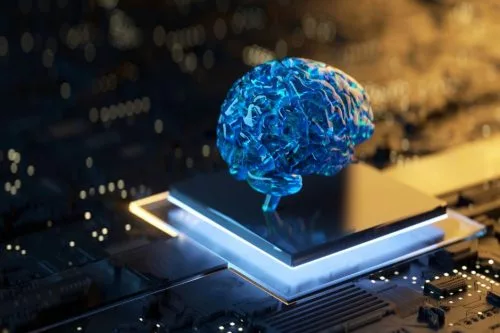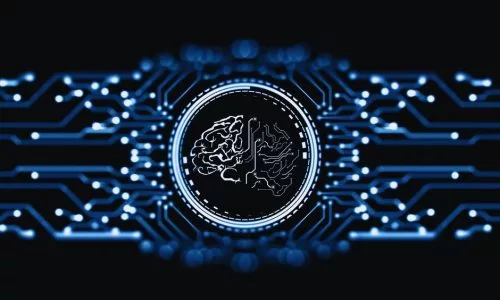
How do image recognition algorithms work?
The underlying technology driving image recognition is deep learning, particularly convolutional neural networks (CNNs). These neural networks are inspired by the human visual system and work by structuring multiple layers of algorithms to create interconnected nodes, each responsible for recognizing different aspects of an image. Preferably, these networks are fed with as many pre-labelled new images as we can provide in order to better teach them. The network repeatedly learns from a vast dataset of labeled images, adjusting its parameters to improve accuracy and performance over time.


